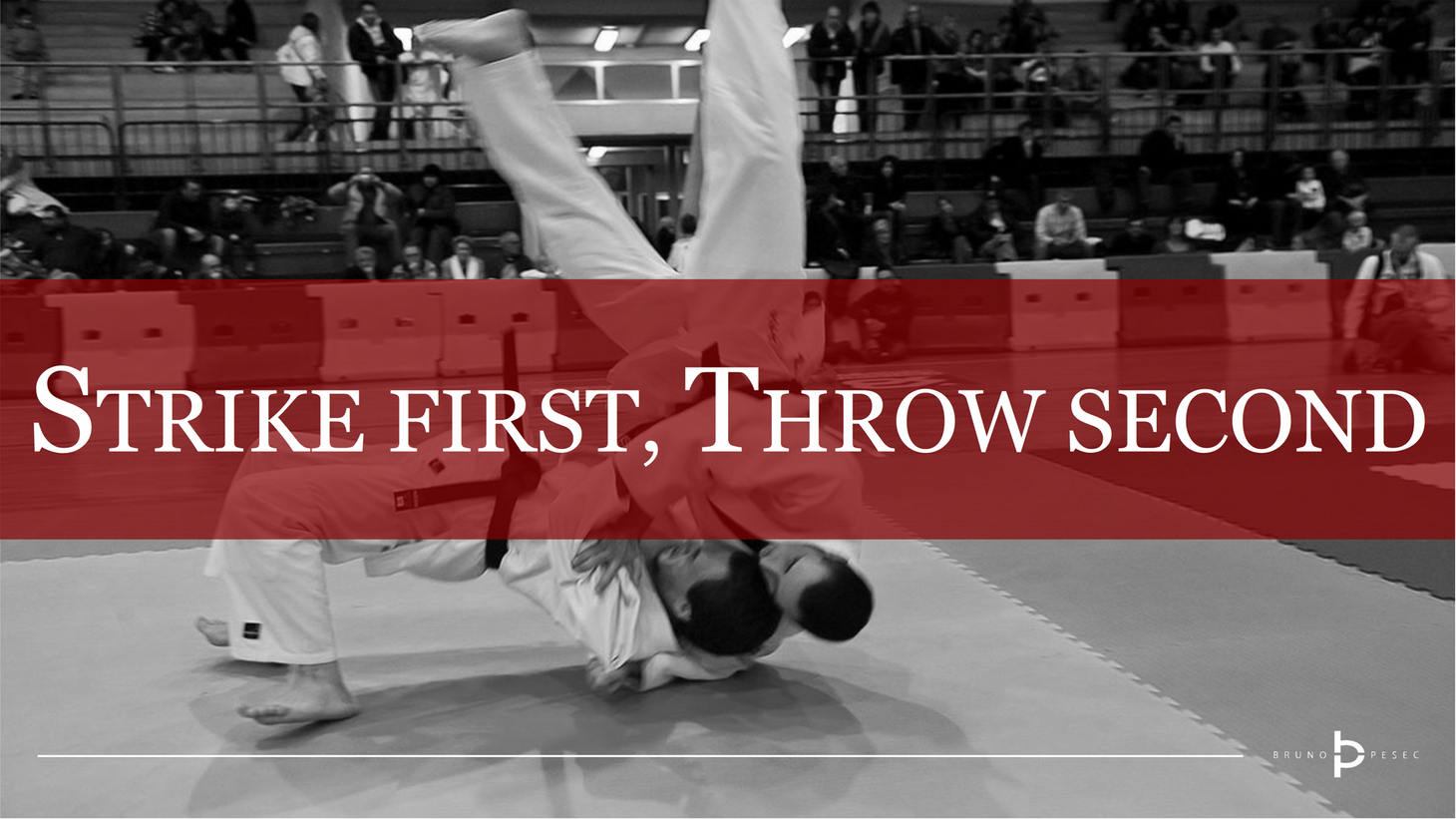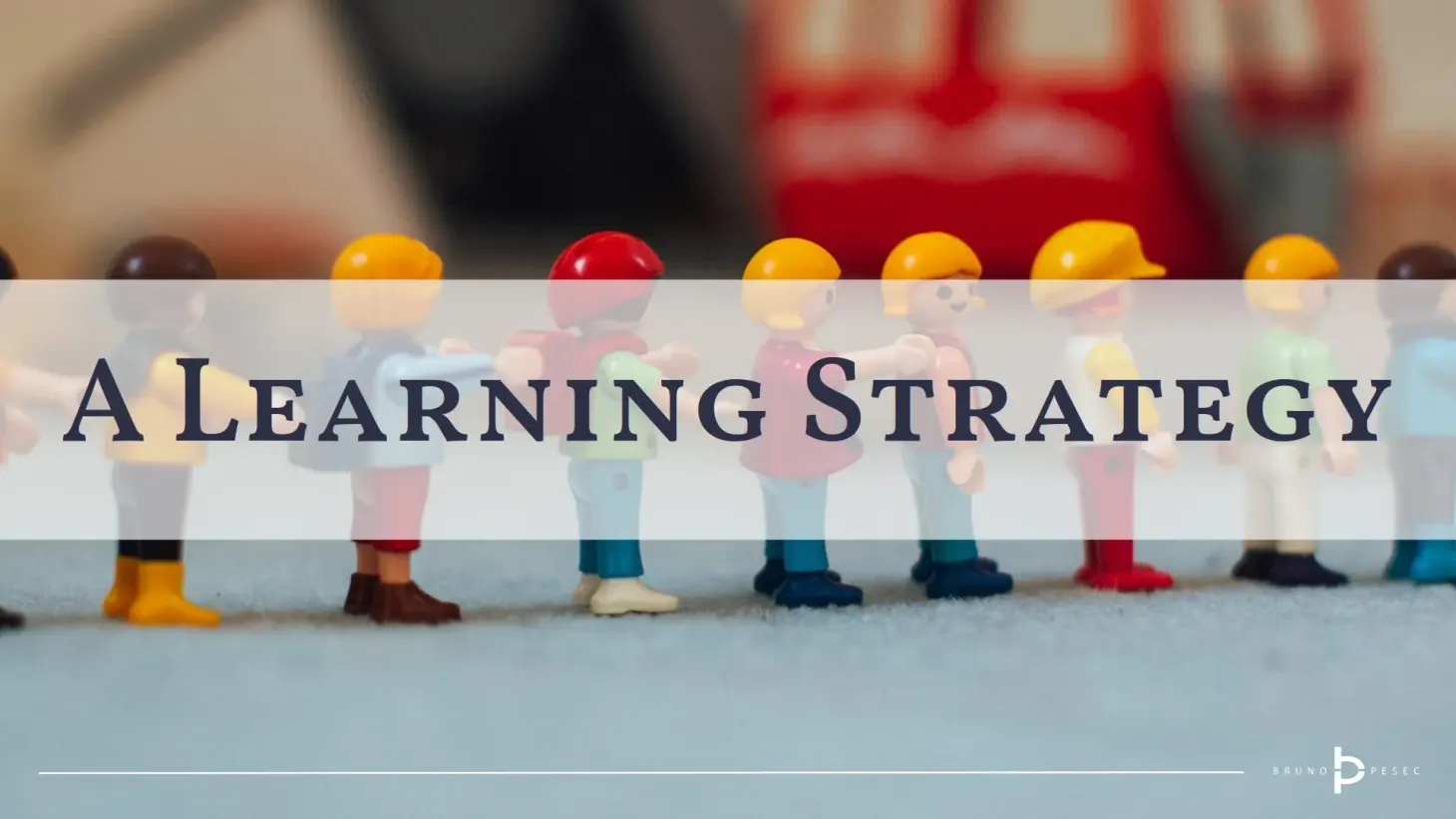Strike first, throw second
Right sequence + thoughtful action = fearless innovation.

A large organisation decided to introduce a new product to the market. Marketing department persuaded the CEO that it must be under a new brand as not to confuse the customers of existing products. Financial analysis and project plan looked promising, and the CEO knew that they have failed to capture this specific part of the market.
He was quick to approve it, assigning a budget of €34 million. Product wasn't technologically difficult, so most of the budget went to brand building, positioning, and lavish marketing campaigns. Two years later the grand launch resulted in a flop so embarrassing that all mentions of it have been erased from the organisation’s documents and materials.
·····
A global player was losing a peculiar market share to attrition and a number of smaller competitors. Historically, industry's exuberantly high entry barriers were a sufficient moat, but in recent years venture capitalists began funding startups who were chipping incumbents share.
Executive management prepared a €200 million war chest. A number of initiatives were launched, with tentative funding. Every initiative received a minuscule percent of required funding to prove that there is a demand for their idea, and if it is a good fit with the problem they were trying to solve. In three years, and with only 30% of the fund spent, the incumbent successfully defended their position and increased the market share.
The power of sequence
What's the difference between these two stories?
Whenever I speak with executives and managers almost all agree they would not invest in developing products and services customers wouldn’t buy. And yet when it comes to reality, most do make such investments, rationalising that their brand is strong enough to attract customers no matter what.
The difference that I want to draw your attention to is to the implied sequence in the second story. It was not enough to pitch an idea that a CEO would approve – like in the first story – but you had to prove, time and time again, that your idea is worth of further investment.
Instead of receiving a lump sum of money, the teams were receiving it in doses. That is something we call metered funding. Counterintutively, when it comes to sequence what steps – or stages – you have defined doesn't matter that much, as long as everybody within the organisation has the same understanding of them.
Conventional product life cycle stages are market development, growth, maturity, and decline. Poor assumptions in the first stage result in exuberant costs in the later stages. That’s why I suggest taking more granular view of the first stage, breaking it into:
- Market exploration. Is there a demand for the idea we have? If not, what is the evidence there might be demand?
- Market validation. Can we meet the demand and get customer to act? Can we reach the numbers that would make sense to us? How should the bare-bones product or service look like?
- Market development. Can we take to the market the smallest imaginable solution that gets customer to act? Can we pass the product-market fit test?
A prerequisite for any idea or initiative to be entertained is that it is aligned with organisation’s strategy. It is not a stage because there is no work to be done. It either passes the strategic filter or it doesn't.
Is this the same as traditional stage-gate approach? No, because traditional stage-gate approach is like a canal with water-tight doors. You pass the stage and the doors close. There is only one way — onward.
Strike first, throw second
In martial arts, a secret to good throw is forcing the opponent out of balance first, and then going in for a throw. Sounds obvious, right? Well, despite it’s obviousness, it takes years of practice before that insight turns into second nature.
Most people go straight for it and try to strong-arm the opponent, relying on their strength. That rarely works, even against smaller people, because it is easy to position the body so it is more difficult to throw it.
But having the right sequence is just one part of it. Another is being able to adapt to the situation. Although sparring sessions have rules and are intended as safe practice, they are still highly unpredictable. There won’t be two same sessions, and even if you know the right sequence you will fail if you cannot adapt to the moment.
When it comes to corporate innovation, sequence is important, but so is acknowledging that progress through the stages looks more like cycles slowly rolling forward.
Cycles consist of doing the work, and reflecting on the feedback or results, and then adjusting the course forward. That is what we usually call iterative way of working.
Fearless innovation
The right sequence with iterative way of working is a powerful combination for handling market uncertainty, allowing us to fearlessly innovate:
Fearless innovation = right sequence + thoughtful action. — click to tweet
Sequence allows us to slice the work and limit the investments, while iterations allow us to correct the course. At all times we have the option to say no, preventing further waste of money and time.
Header image is a modified photograph of ura-nage, taken by Francesco Ianett, licensed under the Creative Commons Attribution-Share Alike 2.0 Generic license.
Bruno Unfiltered
Subscribe to get the latest posts delivered right to your inbox. No spam. Only Bruno.




